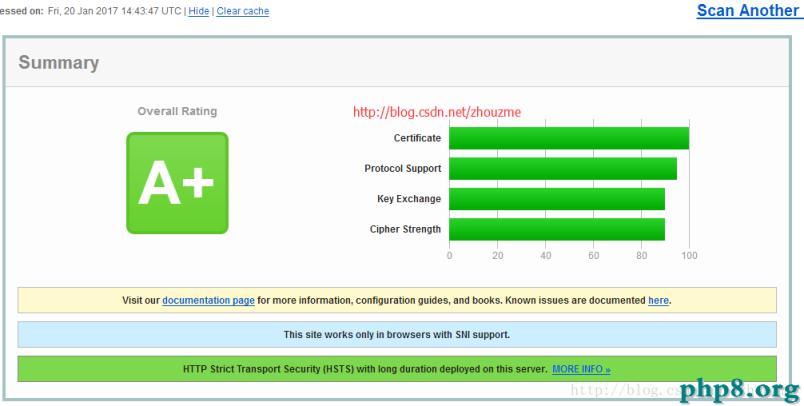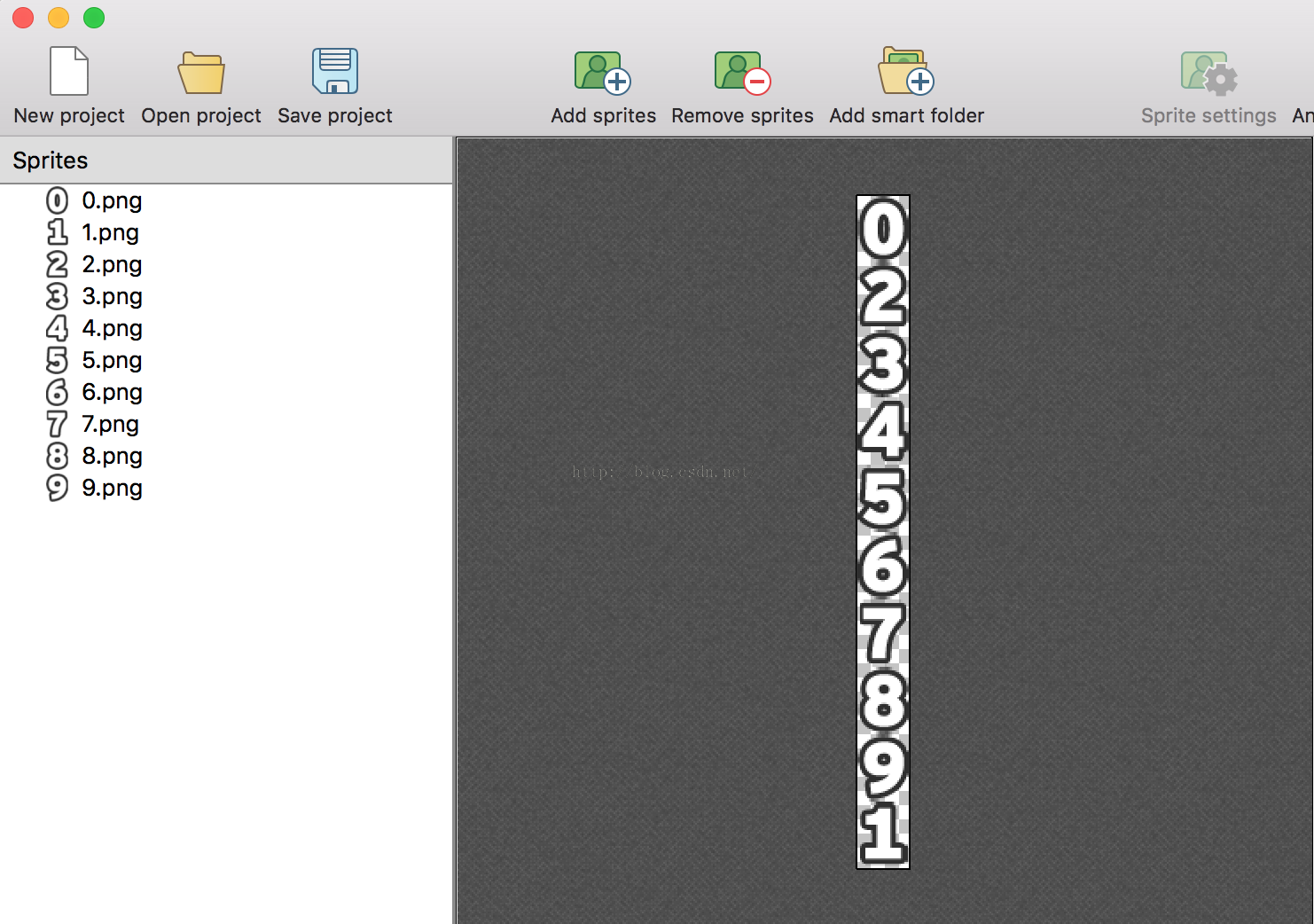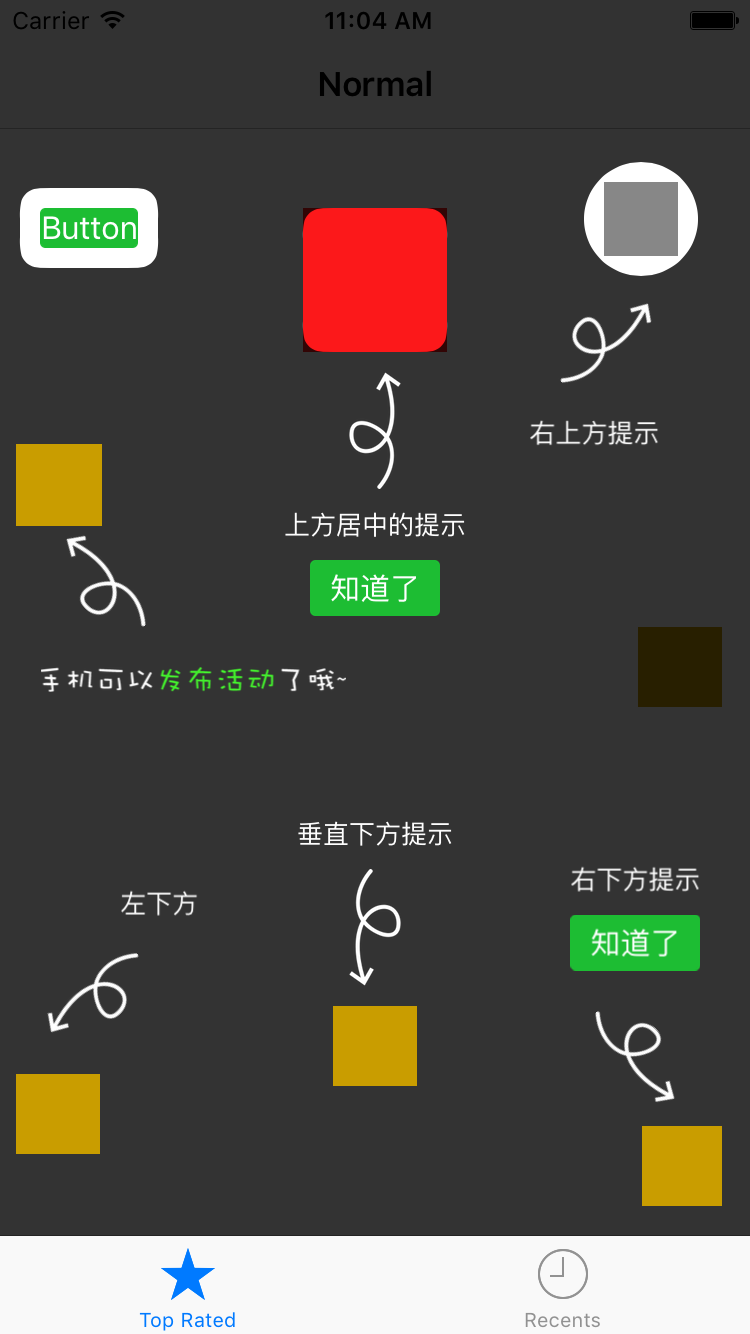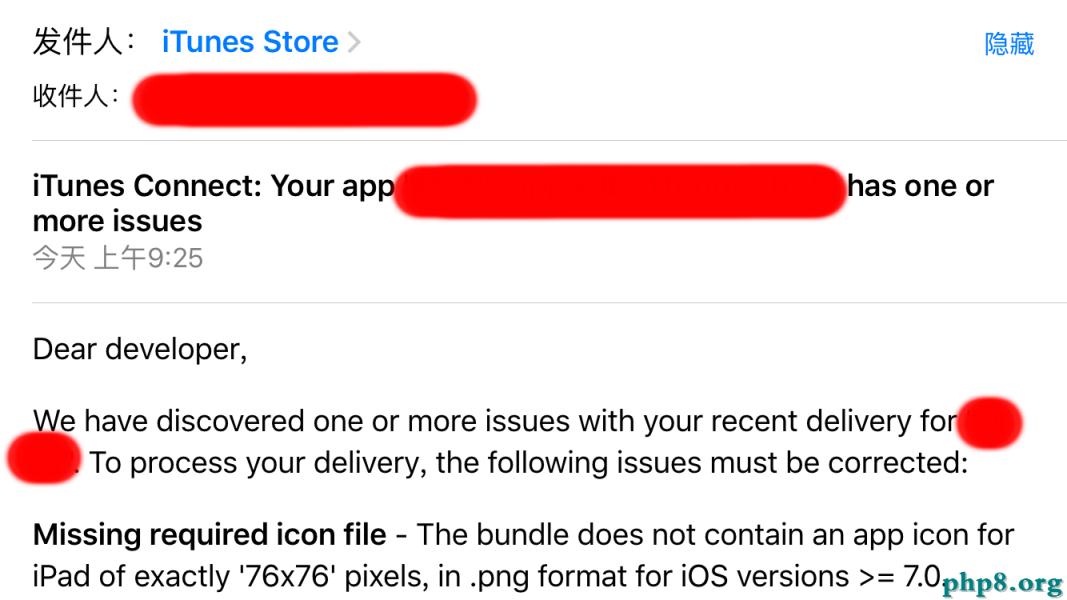iOS開辟之觸摸事宜和手勢
IOS中的事宜分為三類:觸摸事宜、加快計事宜、長途掌握事宜。只要繼續了UIResponder的對象能力吸收並處置事宜,稱之為“呼應者對象”。UIApplication、UIViewController、UIView都繼續自UIResponder。UIResponder外部供給的辦法來處置事宜:
觸摸事宜:touchesBegan、touchesMoved、touchesEnded、touchesCancelled
加快計事宜:motionBegan、motionEnded、motionCancelled
長途掌握事宜:remoteControlReceivedWithEvent
UIVeiw的觸摸事宜處置進程:
/**
* 當手指開端觸摸view時挪用
*
* @param touches <#touches description#>
* @param event <#event description#>
*/
- (void)touchesBegan:(NSSet<UITouch *> *)touches withEvent:(UIEvent *)event {
NSLog(@"%s",__func__);
}
/**
* 當手指在view上挪動時挪用
*
* @param touches <#touches description#>
* @param event <#event description#>
*/
- (void)touchesMoved:(NSSet<UITouch *> *)touches withEvent:(UIEvent *)event {
NSLog(@"%s",__func__);
}
/**
* 當手指分開view時挪用
*
* @param touches <#touches description#>
* @param event <#event description#>
*/
- (void)touchesEnded:(NSSet<UITouch *> *)touches withEvent:(UIEvent *)event {
NSLog(@"%s",__func__);
}
/**
* 當觸摸事宜被體系事宜打斷時挪用
*
* @param touches <#touches description#>
* @param event <#event description#>
*/
- (void)touchesCancelled:(NSSet<UITouch *> *)touches withEvent:(UIEvent *)event {
NSLog(@"%s",__func__);
}
一次觸摸舉措必定會挪用touchesBeagn、touchesMoved和touchesEnded這三個辦法。
說到這幾個觸摸辦法,起首要曉得UITouch這個對象。當一根手指觸摸屏幕時就會發生一個與之聯系關系的UITouch對象,一根手指對應一個UITouch對象。這個對象外面保留著此次觸摸的信息,好比觸摸的地位,時光,階段等,當手指挪動時,體系會更新統一個UITouch對象。使其能一向保留該手指地點的觸摸地位信息。當手指分開屏幕時,體系會燒毀對應的UITouch對象。
@interface UITouch : NSObject @property(nonatomic,readonly) NSTimeInterval timestamp; @property(nonatomic,readonly) UITouchPhase phase; @property(nonatomic,readonly) NSUInteger tapCount; // touch down within a certain point within a certain amount of time // majorRadius and majorRadiusTolerance are in points // The majorRadius will be accurate +/- the majorRadiusTolerance @property(nonatomic,readonly) CGFloat majorRadius NS_AVAILABLE_IOS(8_0); @property(nonatomic,readonly) CGFloat majorRadiusTolerance NS_AVAILABLE_IOS(8_0); @property(nullable,nonatomic,readonly,strong) UIWindow *Window; @property(nullable,nonatomic,readonly,strong) UIView *view; @property(nullable,nonatomic,readonly,copy) NSArray <UIGestureRecognizer *> *gestureRecognizers NS_AVAILABLE_IOS(3_2); //獲得以後地位 - (CGPoint)locationInView:(nullable UIView *)view; //獲得上一個觸摸點的地位 - (CGPoint)previousLocationInView:(nullable UIView *)view; // Force of the touch, where 1.0 represents the force of an average touch @property(nonatomic,readonly) CGFloat force NS_AVAILABLE_IOS(9_0); // Maximum possible force with this input mechanism @property(nonatomic,readonly) CGFloat maximumPossibleForce NS_AVAILABLE_IOS(9_0); @end
eg:讓一個view跟著手指的挪動而挪動
/**
* 當手指在view上挪動時挪用
*
* @param touches <#touches description#>
* @param event <#event description#>
*/
- (void)touchesMoved:(NSSet<UITouch *> *)touches withEvent:(UIEvent *)event {
NSLog(@"%s",__func__);
//獲得UITouch對象
UITouch *touch = [touches anyObject];
//獲得以後點的地位
CGPoint curP = [touch locationInView:self];
//獲得上一個點的地位
CGPoint preP = [touch previousLocationInView:self];
//盤算x的偏移量
CGFloat offsetX = curP.x - preP.x;
//盤算y的偏移量
CGFloat offsetY = curP.y = preP.y;
//修正view的地位
self.transform = CGAff.netransformTranslate(self.transform, offsetX, offsetY);
}
就是依據UITouch對象中保留的地位信息來完成的。
事宜的發生和傳遞:
當觸摸事宜發生後,體系會將該事宜添加到一個由UIApplication治理的事宜隊列中去。UIApplication會從隊列中掏出最後面的事宜,發送給運用法式的主窗口的處置。主窗口會在視圖條理構造中,找一個最適合的視圖並挪用touches辦法來處置觸摸事宜。觸摸事宜的傳遞是從父控件傳遞到子控件。假如父控件不克不及吸收到觸摸事宜,那末子控件就弗成能 吸收到觸摸事宜。
若何找到最適合的控件來處置事宜?起首斷定本身能否能吸收觸摸事宜?觸摸點能否在本身身上?從後往前遍歷子控件,反復之前的兩個步調,假如沒有相符前提的子控件,那末就本身最適合處置。
控件用hitTest:withEvent:辦法來尋覓最適合的view,用pointInside這個辦法斷定這個點在不在辦法挪用者即控件身上。
hitTest辦法的底層完成:
- (UIView *)hitTest:(CGPoint)point withEvent:(UIEvent *)event {
//斷定以後控件能否能吸收觸摸事宜
if (self.userInteractionEnabled == NO || self.hidden == YES || self.alpha <= 0.01) {
return nil;
}
//斷定觸摸點能否在以後控件上
if ([self pointInside:point withEvent:event] == NO) {
return nil;
}
//從後往前遍歷本身的子控件
NSInteger count = self.subviews.count;
for (NSInteger i = count - 1; i >= 0; i--) {
UIView *childView = self.subviews[i];
//把以後控件上的坐標系轉換成子控件上的坐標系
CGPoint childPoint = [self convertPoint:point toView:childView];
//遞歸挪用hitTest辦法尋覓最適合的view
UIView *fitView = [childView hitTest:childPoint withEvent:event];
if (fitView) {
return fitView;
}
}
//輪回停止,沒有比本身更適合的view,前往本身
return self;
}
但是應用touches辦法監聽觸摸事宜是出缺點的,好比要自界說view,所以iOS3.2以後蘋果推出了手勢辨認功效UIGestureRecognizer。UIGestureRecognizer是一個籠統類,它的子類能力處置詳細的某個手勢。
詳細有以下幾種手勢:
//點按手勢 // UITapGestureRecognizer *tap = [UITapGestureRecognizer alloc]initWithtarget:<#(nullable id)#> action:<#(nullable SEL)#> //長按手勢 默許是觸發兩次 // UILongPressGestureRecognizer *longP = [UILongPressGestureRecognizer alloc]initWithtarget:<#(nullable id)#> action:<#(nullable SEL)#> //輕掃手勢 默許偏向是往右 // UISwipeGestureRecognizer *swipe = [UISwipeGestureRecognizer alloc]initWithtarget:<#(nullable id)#> action:<#(nullable SEL)#> //扭轉手勢 // UIRotationGestureRecognizer *rotation = [UIRotationGestureRecognizer alloc]initWithTarget:<#(nullable id)#> action:<#(nullable SEL)#> //捏合手勢 // UIPinchGestureRecognizer *pinch = [UIPinchGestureRecognizer alloc]initWithTarget:<#(nullable id)#> action:<#(nullable SEL)#> //拖拽手勢 // UIPanGestureRecognizer *pan = [UIPanGestureRecognizer alloc]initWithTarget:<#(nullable id)#> action:<#(nullable SEL)#>
現實應用:
@interface ViewController ()<UIGestureRecognizerDelegate>
@property (weak, nonatomic) IBOutlet UIImageView *imageView;
@end
@implementation ViewController
- (void)viewDidLoad {
[super viewDidLoad];
[self setUpPinch];
[self setUpRotation];
[self setUpPan];
}
#pragma mark - 手勢署理辦法
// 能否許可開端觸發手勢
//- (BOOL)gestureRecognizerShouldBegin:(UIGestureRecognizer *)gestureRecognizer
//{
// return NO;
//}
// 能否許可同時支撐多個手勢,默許是不支撐多個手勢
// 前往yes表現支撐多個手勢
- (BOOL)gestureRecognizer:(UIGestureRecognizer *)gestureRecognizer shouldRecognizeSimultaneouslyWithGestureRecognizer:(UIGestureRecognizer *)otherGestureRecognizer
{
return YES;
}
// 能否許可吸收手指的觸摸點
//- (BOOL)gestureRecognizer:(UIGestureRecognizer *)gestureRecognizer shouldReceiveTouch:(UITouch *)touch{
// // 獲得以後的觸摸點
// CGPoint curP = [touch locationInView:self.imageView];
//
// if (curP.x < self.imageView.bounds.size.width * 0.5) {
// return NO;
// }else{
// return YES;
// }
//}
#pragma mark - 點按手勢
- (void)setUpTap
{
// 創立點按手勢
UITapGestureRecognizer *tap = [[UITapGestureRecognizer alloc] initWithTarget:self action:@selector(tap:)];
tap.delegate = self;
[_imageView addGestureRecognizer:tap];
}
- (void)tap:(UITapGestureRecognizer *)tap
{
NSLog(@"%s",__func__);
}
#pragma mark - 長按手勢
// 默許會觸發兩次
- (void)setUpLongPress
{
UILongPressGestureRecognizer *longPress = [[UILongPressGestureRecognizer alloc] initWithTarget:self action:@selector(longPress:)];
[self.imageView addGestureRecognizer:longPress];
}
- (void)longPress:(UILongPressGestureRecognizer *)longPress
{
if (longPress.state == UIGestureRecognizerStateBegan) {
NSLog(@"%s",__func__);
}
}
#pragma mark - 輕掃
- (void)setUpSwipe
{
// 默許輕掃的偏向是往右
UISwipeGestureRecognizer *swipe = [[UISwipeGestureRecognizer alloc] initWithTarget:self action:@selector(swipe)];
swipe.direction = UISwipeGestureRecognizerDirectionUp;
[self.imageView addGestureRecognizer:swipe];
// 假如今後想要一個控件支撐多個偏向的輕掃,必需創立多個輕掃手勢,一個輕掃手勢只支撐一個偏向
// 默許輕掃的偏向是往右
UISwipeGestureRecognizer *swipeDown = [[UISwipeGestureRecognizer alloc] initWithTarget:self action:@selector(swipe)];
swipeDown.direction = UISwipeGestureRecognizerDirectionDown;
[self.imageView addGestureRecognizer:swipeDown];
}
- (void)swipe
{
NSLog(@"%s",__func__);
}
#pragma mark - 扭轉手勢
- (void)setUpRotation
{
UIRotationGestureRecognizer *rotation = [[UIRotationGestureRecognizer alloc] initWithTarget:self action:@selector(rotation:)];
rotation.delegate = self;
[self.imageView addGestureRecognizer:rotation];
}
// 默許傳遞的扭轉的角度都是絕對於最開端的地位
- (void)rotation:(UIRotationGestureRecognizer *)rotation
{
self.imageView.transform = CGAff.netransformRotate(self.imageView.transform, rotation.rotation);
// 復位
rotation.rotation = 0;
// 獲得手勢扭轉的角度
NSLog(@"%f",rotation.rotation);
}
#pragma mark - 捏合
- (void)setUpPinch
{
UIPinchGestureRecognizer *pinch = [[UIPinchGestureRecognizer alloc] initWithTarget:self action:@selector(pinch:)];
pinch.delegate = self;
[self.imageView addGestureRecognizer:pinch];
}
- (void)pinch:(UIPinchGestureRecognizer *)pinch
{
self.imageView.transform = CGAff.netransformScale(self.imageView.transform, pinch.scale, pinch.scale);
// 復位
pinch.scale = 1;
}
#pragma mark - 拖拽
- (void)setUpPan
{
UIPanGestureRecognizer *pan = [[UIPanGestureRecognizer alloc] initWithTarget:self action:@selector(pan:)];
[self.imageView addGestureRecognizer:pan];
}
- (void)pan:(UIPanGestureRecognizer *)pan
{
// 獲得手勢的觸摸點
// CGPoint curP = [pan locationInView:self.imageView];
// 挪動視圖
// 獲得手勢的挪動,也是絕對於最開端的地位
CGPoint transP = [pan translationInView:self.imageView];
self.imageView.transform = CGAffineTransformTranslate(self.imageView.transform, transP.x, transP.y);
// 復位
[pan setTranslation:CGPointZero inView:self.imageView];
// NSLog(@"%@",NSStringFromCGPoint(curP));
}
@end
以上就是iOS觸摸事宜和手勢的相干內容引見,願望對年夜家進修iOS法式設計有所贊助。
【iOS開辟之觸摸事宜和手勢】的相關資料介紹到這裡,希望對您有所幫助! 提示:不會對讀者因本文所帶來的任何損失負責。如果您支持就請把本站添加至收藏夾哦!
- iOS開發報錯之attempt to dismiss modal view controller whose view does not currently appear
- iOS開發那些事-平鋪導航-基於Page的導航及案例實現
- iCarousel詳解
- iOS經典講解之變更Xcode checkout項目的svn地址
- ios 動態設置Cell的高度
- IOS實戰之自界說轉場動畫詳解
- ios 網頁中圖片點擊放大效果demo
- 混合開發的大趨勢之一React Native Height and Width (尺寸),Flexbox(位置關系)
- IOS實現文字水平無間斷滾動
- iOS組件封裝與主動結構自界說臉色鍵盤




